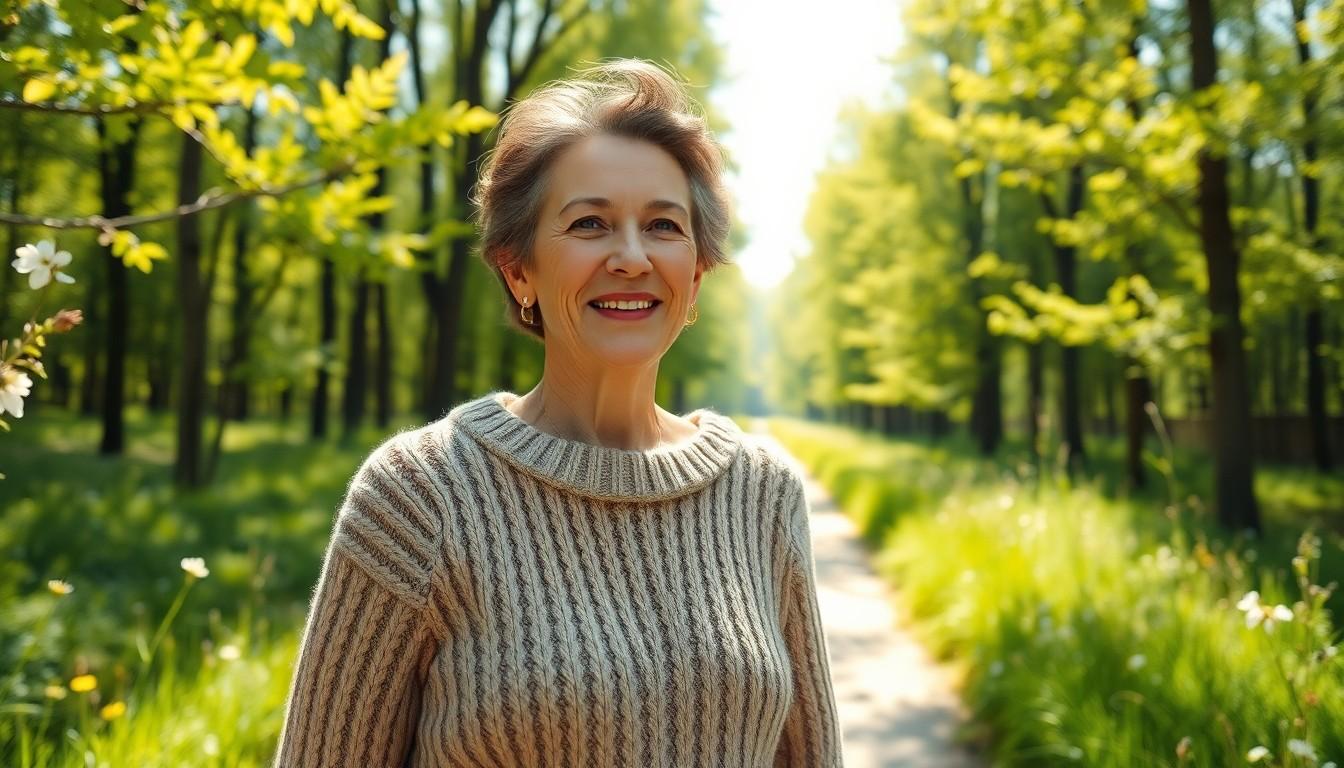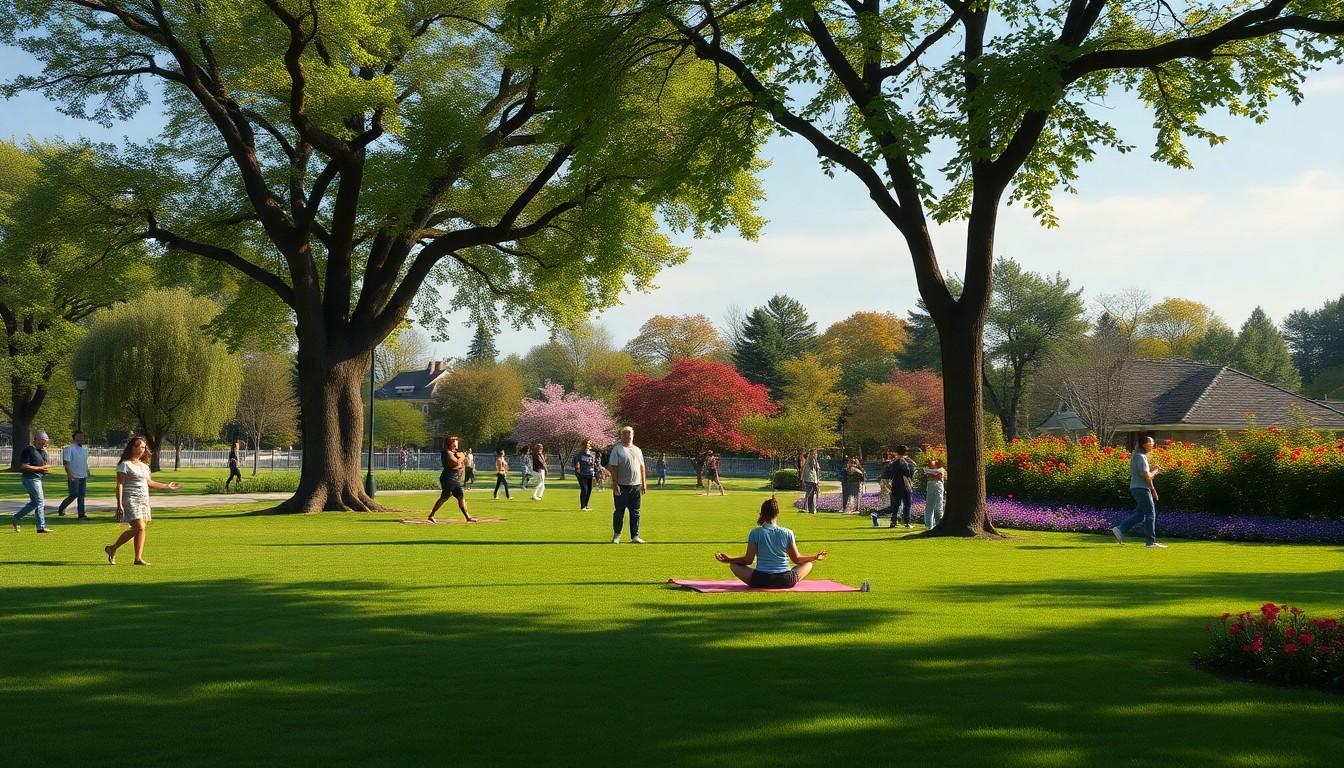Phone:
(701)814-6992
Physical address:
6296 Donnelly Plaza
Ratkeville, Bahamas.

In a world that feels like it’s on fast-forward, slow-paced living is the refreshing pause button many crave. Imagine trading the frantic rush of daily life for a leisurely stroll through the park or sipping coffee while watching the clouds drift by. It’s not just a trend; it’s a lifestyle choice that promises to restore balance and sanity.
Slow living invites people to embrace simplicity and savor the little moments often overlooked in the hustle. It’s about finding joy in the mundane, whether that’s cooking a meal from scratch or curling up with a good book. So why not take a deep breath, slow down, and discover how a little less speed can lead to a lot more happiness? After all, who said life has to be a race?
Slow paced living represents a shift from the hurried lifestyle many experience today. This lifestyle choice prioritizes mindfulness and intentionality in daily activities. Individuals embrace simplicity. They find joy in small moments, like savoring a home-cooked meal or taking a quiet stroll in nature.
Living slowly fosters deeper connections with oneself and the surrounding environment. Emphasis on activities such as reading a book or gardening allows for relaxation and reflection. Participants often report increased contentment and reduced stress levels when engaging with life at a slower tempo.
Prioritizing activities that bring joy enhances overall well-being. Engaging in hobbies, like painting or crafting, encourages creativity and self-expression. People also notice that balancing work responsibilities with leisure time creates a healthier lifestyle.
Community plays a crucial role in slow paced living. Many seek out local farmers’ markets or neighborhood events to cultivate relationships with their communities. Involvement in these activities nurtures a sense of belonging and connectedness.
Practicing slow paced living encourages individuals to focus on what truly matters. By reflecting on personal values and goals, one can eliminate unnecessary stressors from daily life. Adopting this approach not only leads to enhanced happiness but also cultivates a more purposeful existence.

Slow paced living brings multiple benefits for well-being and happiness. Embracing this lifestyle can enhance various aspects of life.
Mental health improves when individuals prioritize mindfulness. Reduced stress and anxiety often result from slower living practices. Engaging in relaxation techniques, such as meditation or deep breathing, fosters emotional resilience. People find that they develop stronger connections to themselves, enhancing self-awareness and self-acceptance. Additionally, spending more time in nature, like taking leisurely walks, increases feelings of tranquility. Studies indicate that frequent exposure to natural environments promotes positive mood and cognitive function. Ultimately, embracing simplicity can lead to profound mental clarity and increased overall satisfaction.
Physical health sees significant gains through slow paced living. Prioritizing activities, such as cooking healthy meals or practicing yoga, encourages better nutrition and overall fitness. Engaging in moderate exercise, like walking or gardening, supports cardiovascular health and weight management. Studies show that slower living often leads to improved sleep quality, contributing to better physical recovery and increased energy levels. Additionally, reduced stress from a slower pace can lower cortisol levels, decreasing the risk of chronic diseases. Adopting a slower lifestyle empowers individuals to care for their bodies effectively and enhance their quality of life.
Embracing a slow lifestyle invites individuals to prioritize simplicity and joy in daily routines. The transition to this lifestyle doesn’t require drastic changes but small, intentional modifications.
Start by assessing daily habits and routines. Eliminate non-essential tasks that cause stress. Schedule regular “slow down” moments during the day, allowing for breaks to breathe and reflect. Incorporate nature into daily life, whether through a short walk or sitting outdoors. Engage in activities that promote relaxation, such as reading or journaling. Foster connection with family and friends through shared meals or community events. This approach cultivates a sense of belonging and enriches relationships.
Mindfulness manifests in various forms, from meditation to focused breathing exercises. Begin each day with a brief meditation session to set a positive tone. During meals, practice mindful eating by savoring each bite and appreciating flavors and textures. Incorporate daily walks, paying attention to surroundings and sensations. Engage in activities like yoga, which enhance mental clarity and physical well-being. Encourage gratitude by reflecting on daily positives, no matter how small. This practice fosters a sense of peace and enriches the slow living experience.
Adopting a slow-paced lifestyle presents certain challenges that require thoughtfulness and commitment. Initial resistance often stems from society’s fast-paced expectations. Individuals may find it difficult to break away from ingrained habits and routines entrenched in busyness. Overcoming these habits demands conscious effort and strong motivation.
Time management poses another hurdle. It takes practice to balance work commitments and leisure without falling into old patterns of rushing. Individuals often struggle to allocate time adequately to both productivity and relaxation. Pressures from work and social obligations can complicate this balance further.
Instances of social stigma also contribute to these challenges. Friends and family may perceive a slower lifestyle as laziness or lack of ambition. Individuals can feel isolated or unsupported when choosing to embrace slow living. This perception can lead to feelings of guilt or inadequacy, driving them back into fast-paced habits.
Additionally, financial constraints can hinder the pursuit of slow living. Engaging in enjoyable activities might carry costs that aren’t feasible for everyone. Community resources, such as local events and farmers’ markets, may not be accessible in all areas. Each of these barriers can discourage individuals from fully embracing the benefits of a slower pace.
Lastly, the transition to simplicity requires patience. Adjusting to a new lifestyle takes time and effort, and individuals may encounter setbacks along the way. Remaining resilient and consistently reflecting on personal values can foster a lasting commitment to slow living despite these challenges.
Individuals embracing slow-paced living often choose to live in rural areas, where they can enjoy the tranquility of nature. A farmer might cultivate an organic garden, taking time each day to connect with the land and appreciate the growth process. Many parents prioritize family meals, using this time to foster connections, create lasting memories, and fully engage with their children.
Communities frequently host local markets, allowing residents to buy fresh produce directly from farmers. These interactions enhance relationships while supporting local economies and promoting sustainability. Artisans may dedicate time to craft items by hand, valuing quality over quantity and allowing creativity to flourish.
Reading has become a popular slow-paced activity, with individuals setting aside time for literature instead of scrolling on digital devices. Friends often gather for book clubs, discussing themes and sharing perspectives, deepening their connections.
Mindfulness exercises can play a crucial role, as many turn to practices like yoga or meditation to enhance peace and clarity. Quiet mornings spent in reflection can shift mental states, fostering focus and intentionality throughout the day.
Traveling at a slower pace is evident in eco-tourism, where people prioritize sustainable experiences over fast-paced sightseeing. They may choose to hike, cycle, or explore local traditions, ensuring a deeper understanding of each destination.
Nature walks contribute significantly to slow living, often replacing gym visits with moments spent enjoying landscapes. Walking alongside a friend allows for meaningful conversation, reinforcing bonds while promoting wellness.
Embracing slow-paced living can transform how individuals experience life. By prioritizing mindfulness and intentionality, they can cultivate deeper connections with themselves and their surroundings. This lifestyle choice not only reduces stress but also enhances overall well-being and happiness.
As people navigate the challenges of modern life, adopting a slower approach encourages them to savor each moment. Whether through community involvement or engaging in relaxing activities, the journey toward simplicity fosters a sense of belonging and fulfillment. Ultimately, slow living empowers individuals to reflect on their values, leading to a more purposeful and enriched existence.